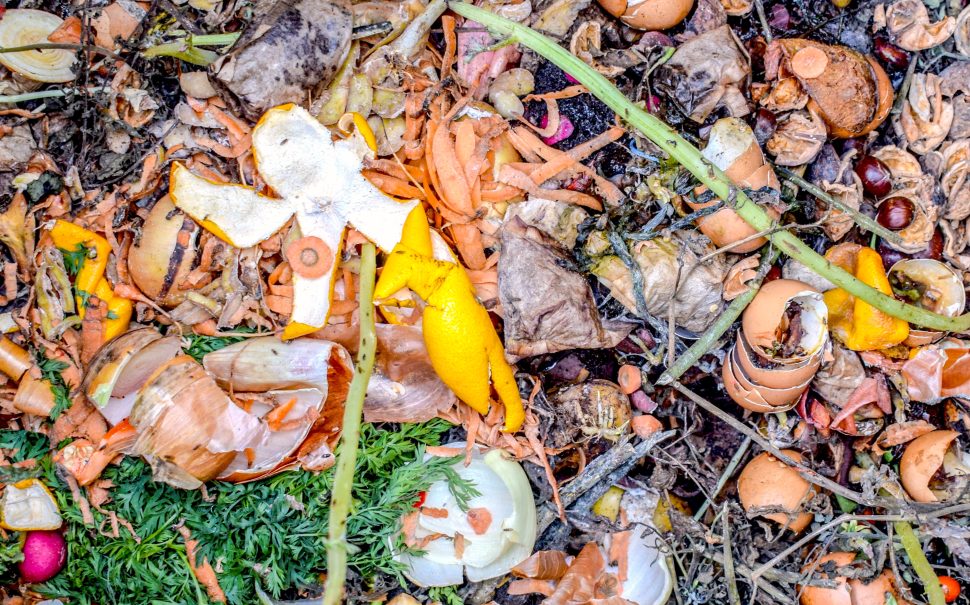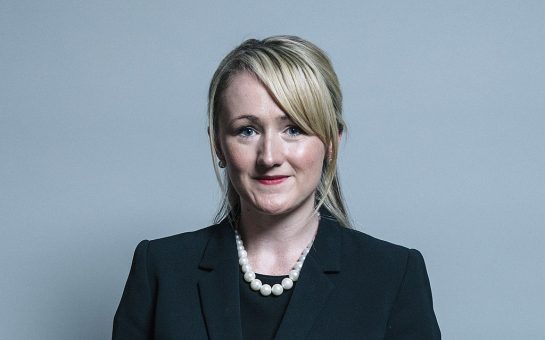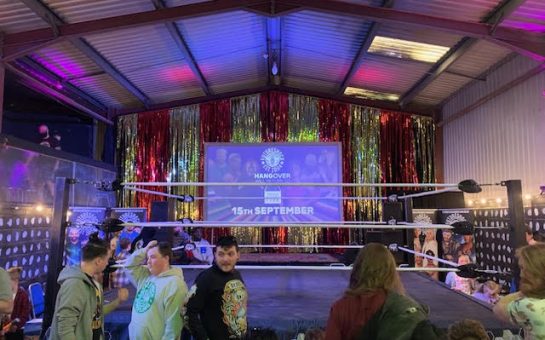Food Waste Action Week highlights the importance of saving food whether it’s at home or in the workplace – but what foods are wasted the most?
The week, taking place from Monday 18 to Sunday 24 March, raises awareness of the food being thrown away by big businesses in and around the city.
Commercial companies monitor their waste to raise awareness about how vital the subject is and to shine a light on the amount being disposed of.
Vinay Jalla, Marketing manager at Manchester based Keenan Recycling, said: “It’s eye-watering the amount that is wasted.
“Fresh food that is dumped which is never opened, makes the situation worse.”
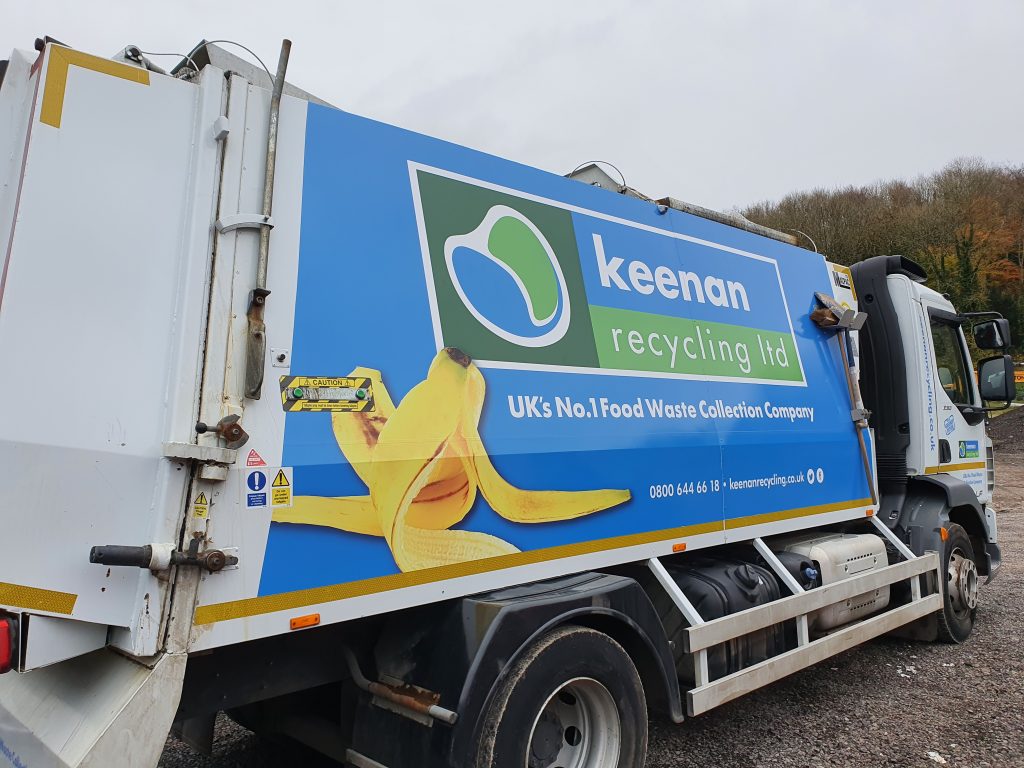
It isn’t just food which the recycling at Keenan caters for. Transportation of the waste collection is also a factor.
Jalla said: “We already operate hydrogen and HVO vehicles and this year we will replace 10 diesel vehicles with biomethane powered trucks.”
On the point of non-used foods, Jalla said: “Potatoes are one of the top foods along with bread, bananas, and apples, with 45% of salads are wasted.”
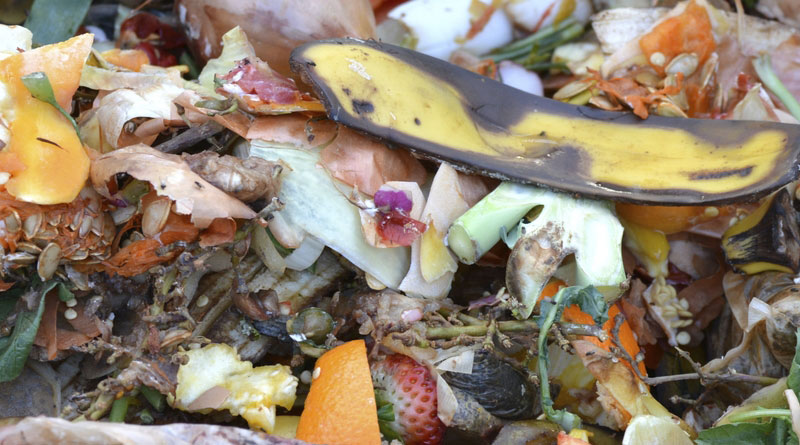
The Food Waste Action Week highlights the choices and quantity people can make when shopping and ordering.
Keenan Recycling already uses hydrogen and HVO in their vehicles, helping to pave the way for net zero carbon food waste collection model by 2030.
The firm says the energy generated will be the same to 5,250 students being able to fully charge their phones or power 320 televisions for a whole year.
In Wales by law, all food waste from premises that produce 5kg or more of food waste over the course of seven consecutive days have to recycle and separate their food waste and general waste.
Technology devices are used in order to monitor and weigh just how much goes to waste.
KITRO is a Swiss company set up to measure waste management in hotel chains and kitchens. It is a fully automated system to monitor food waste.
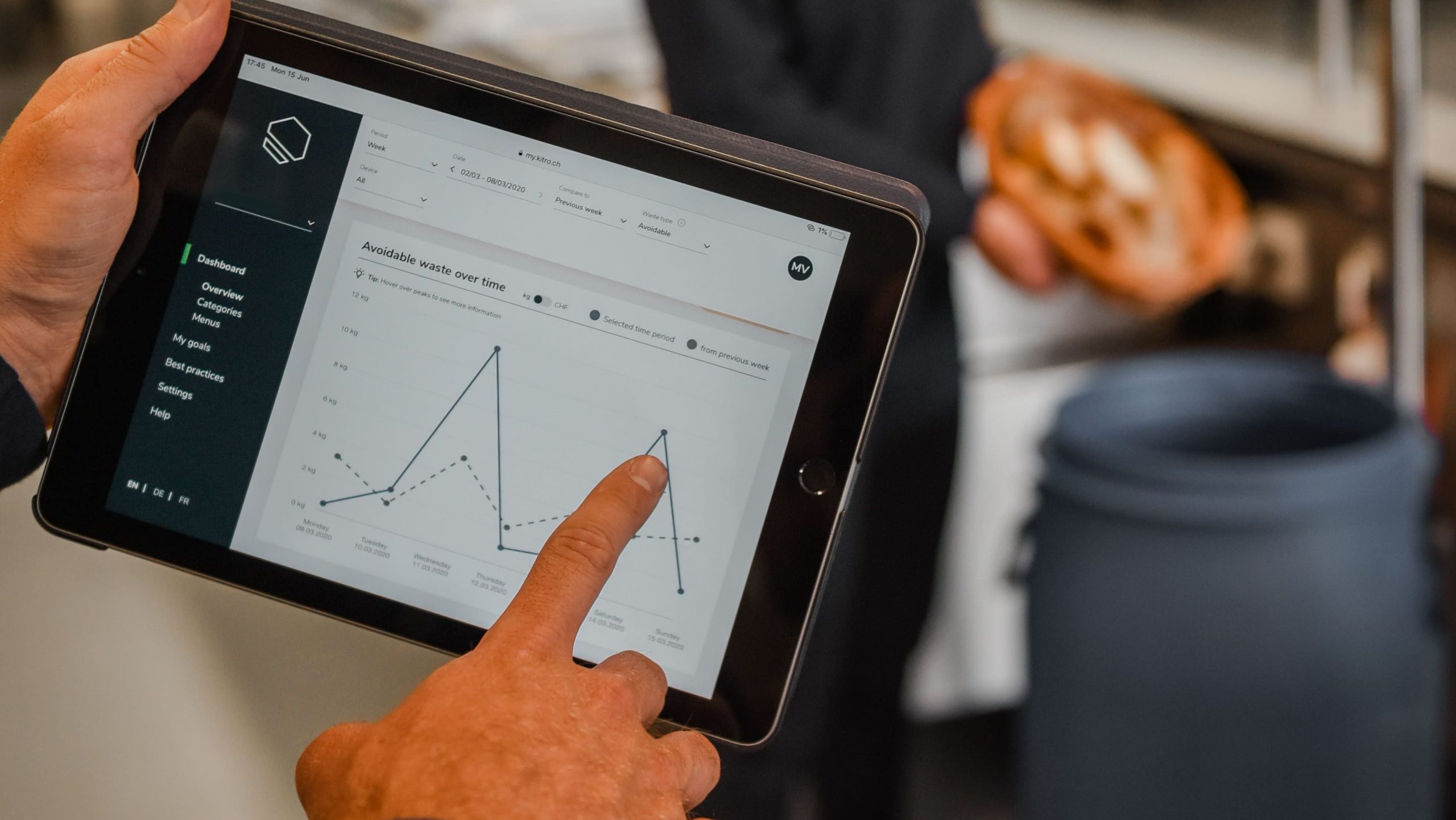
An image is taken when food is thrown out and sent to the software it identifies exactly what is wasted and the time.
The data is utilised to decrease food waste over time and gradually improve the unwanted leftovers in commercial areas.
Co-Founder Anastasia Hofmann said: “We make the distinction of avoidable and unavoidable food waste.
“An average reduction of 30% in the first six months of avoidable food waste is saved.”
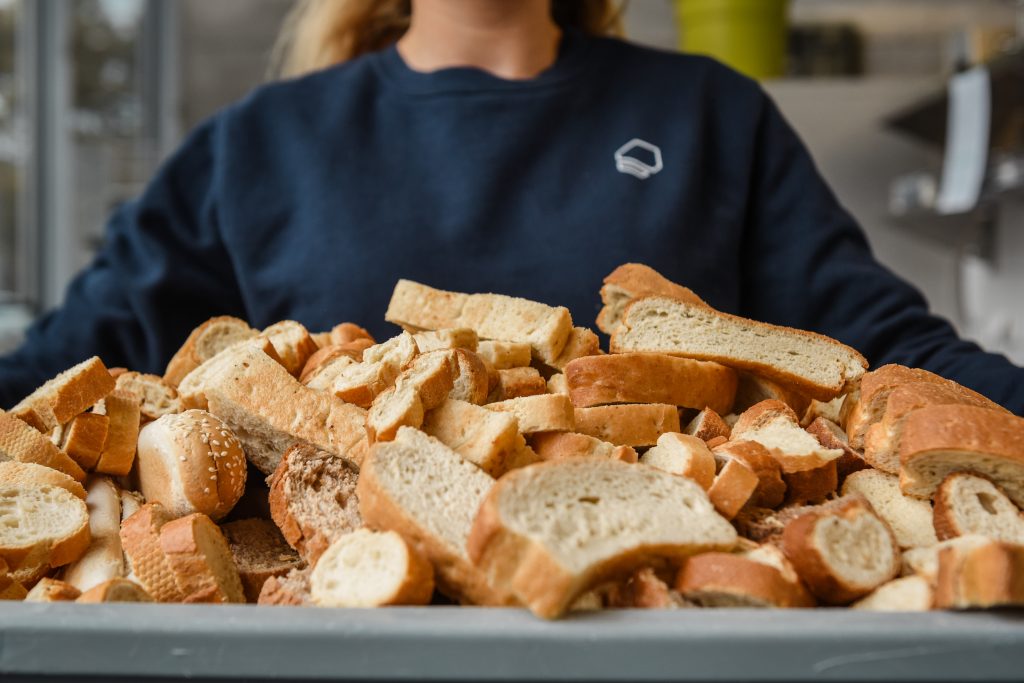
The cost of food shops can also factor into how much customers waste on food, depending on whether shoppers buy for a one-off meal, for a day, or a week.
In 2016, application Too Good To Go was created to help the prevention of food waste.
It is an app set up that helps the public afford meals but also reduces how much food waste there is with 14.9 million users.
Too Good To Go says its purpose is that it ‘lets you rescue unsold food from an untimely fate at your favourite spots’.
It is in operation in 29,439 businesses including restaurants such as Greggs, Harvester and Pizza Express.
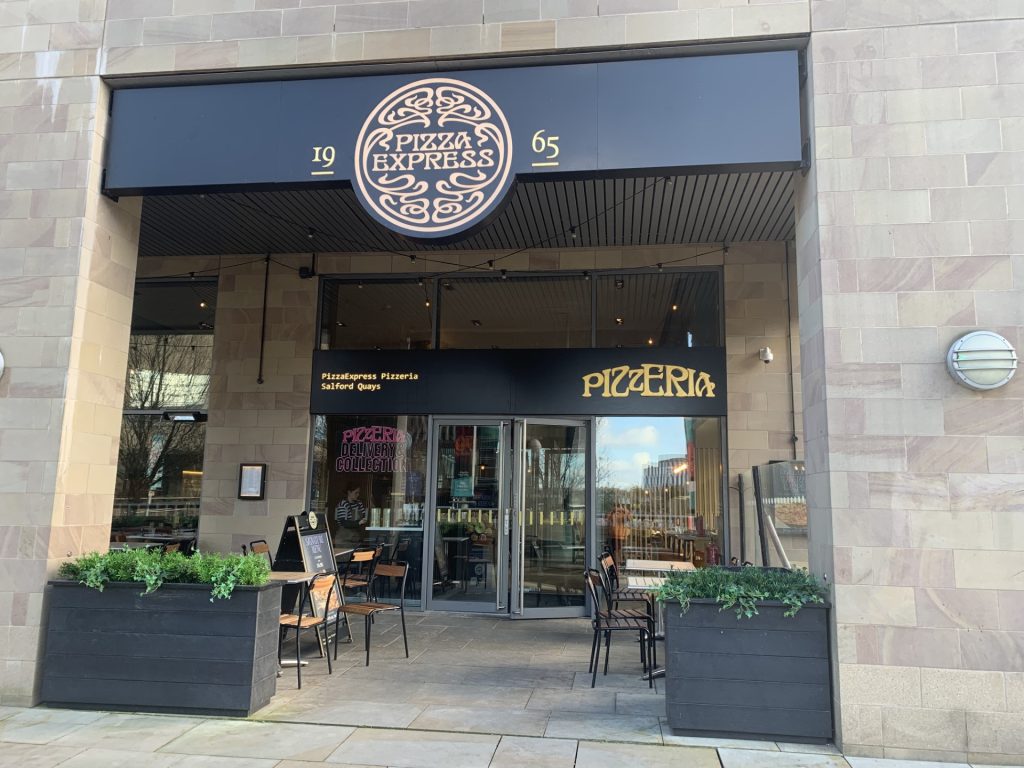
Pizza Express shift manager and waiter, Harry Bond said: “Dough is the biggest wasted product with second being chocolate fudge cake as they have a short shelf life.
“The purpose is essentially giving two people an evening meal that would otherwise pile up the waste.”

In order to reduce food waste by as much as possible the Italian chain restaurant allows two food bags to be ordered at 6am to save food for that evening.
Although Pizza Express can increase the number of meals they give away, through Too Good To Go, they can’t change the total price of a meal.
Too Good To Go user Alex MacKay said: “As a student, I am looking for cheaper food options but I am also concerned about the environment.
“It allows food that would go in the bin, a new home.”
Featured Image: Keenan Recycling
